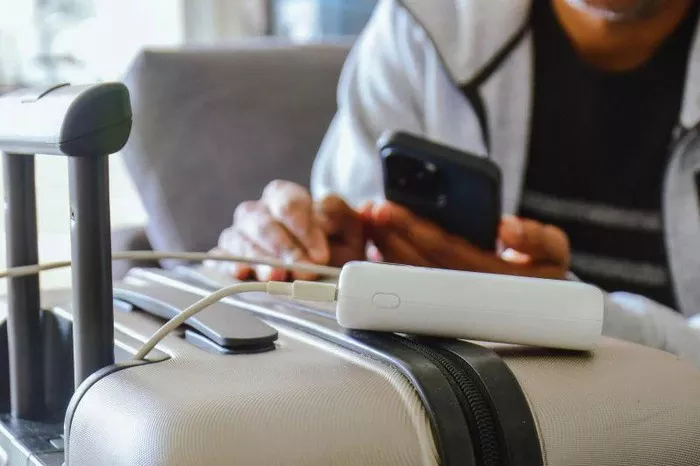The European Union Aviation Safety Agency (EASA) has released a new Safety Information Bulletin (SIB) urging stricter precautions to address the rising incidents involving lithium batteries aboard commercial flights. These batteries, common in devices like smartphones, laptops, and drones, present significant fire hazards if mishandled.
This updated bulletin replaces previous advisories, providing clear guidelines for airlines, ground staff, and passengers to manage lithium battery risks more effectively.
Why Is EASA Acting Now?
Jesper Rasmussen, EASA’s Head of Flight Standards, highlighted the recent increase in safety incidents linked to passenger-carried lithium batteries. “Passengers typically bring four to five electronic devices per flight,” he noted. “Airlines must ensure travelers are well-informed about safely transporting these batteries.”
Devices and Restrictions
The bulletin clarifies that portable electronic devices (PEDs) include smartphones, power tools, and drones. However, items with high-capacity batteries—such as e-scooters, hoverboards, and some drones—are currently banned from flights.
Power banks, not classified as PEDs, must be treated as spare batteries and adhere to stricter rules.
Passenger Guidelines
EASA stresses critical precautions for travelers:
E-cigarettes and power banks must be carried only in hand luggage or on the person, never in checked baggage, and should be protected from short circuits (using original packaging or insulating terminals).
- Charging e-cigarettes during flights is prohibited.
- Using power banks onboard is discouraged.
- Devices should not be left turned on and unattended.
- Battery capacity must not exceed 100 Wh, except when airlines explicitly approve up to 160 Wh.
- Partially discharged devices are safer, as lower charge levels reduce risks.
Risks and Prevention
Lithium batteries can overheat, ignite, or release toxic fumes if damaged or improperly handled. EASA stresses that responsibility for managing these risks is shared by airlines, ground crews, and flight staff. Training to handle battery-related incidents, including fire containment, is essential.
A Call to Airlines
EASA calls on airlines to improve passenger communication beyond mere information sharing. Travelers must fully understand which devices are allowed, proper packing methods, and the importance of vigilance.
Airlines should also warn about less obvious risks, like devices becoming trapped in moving seat components, which can damage batteries and spark incidents.
With this directive, EASA aims to close safety gaps amid growing use of personal electronics on flights. For passengers, understanding these risks and following guidelines can be the key to preventing emergencies and ensuring safer skies.
Related topics:

